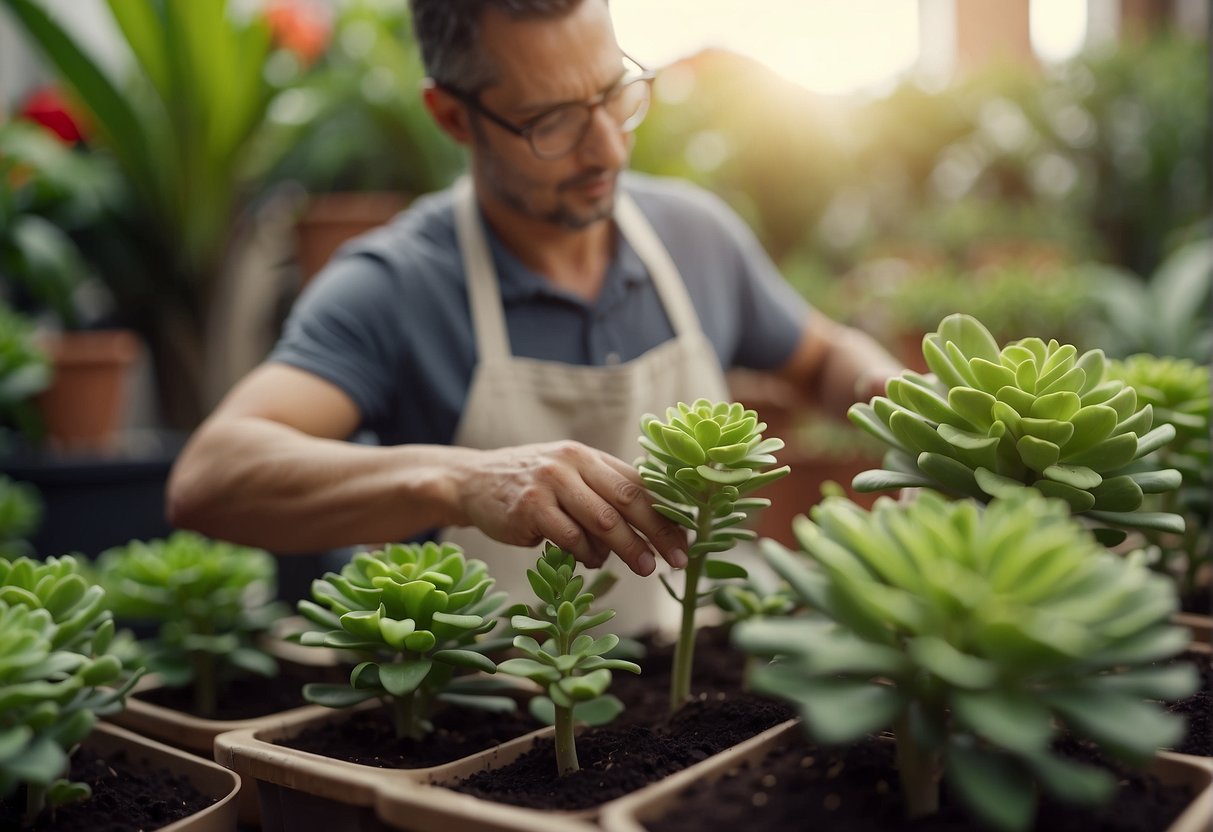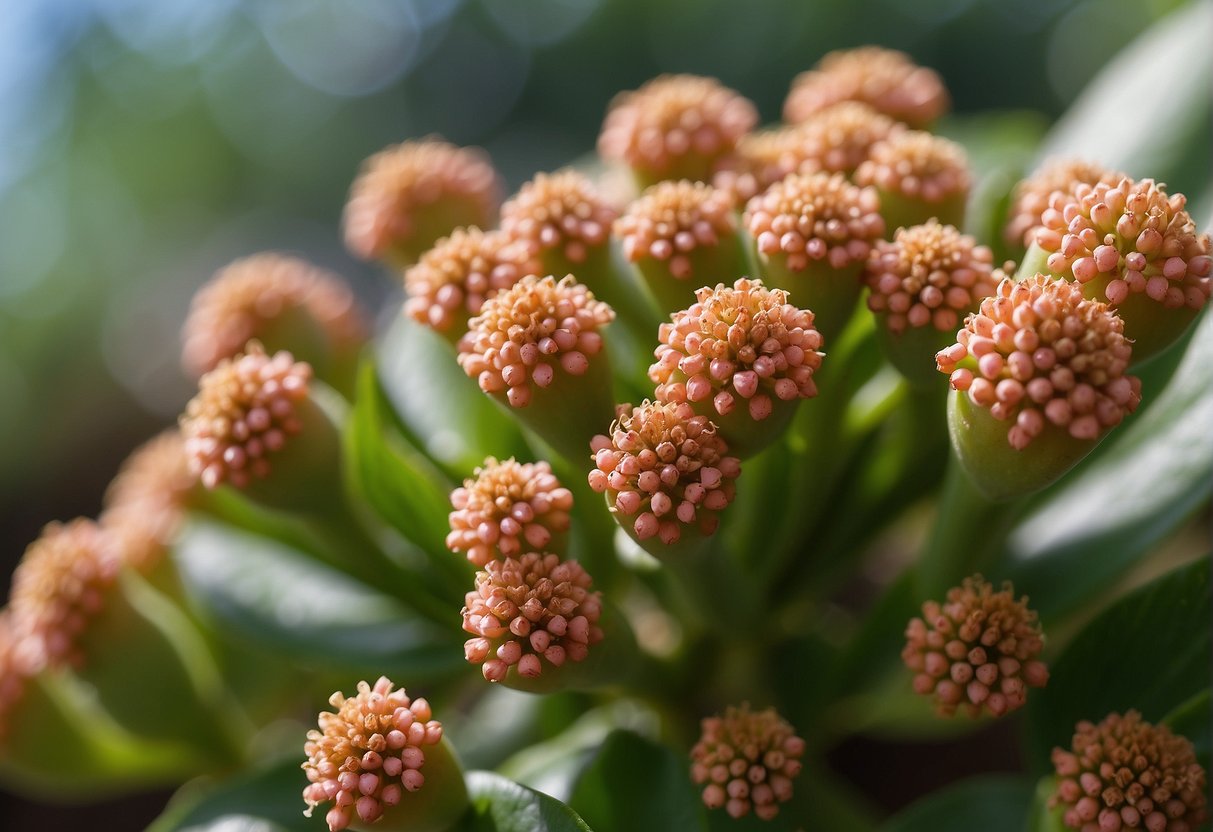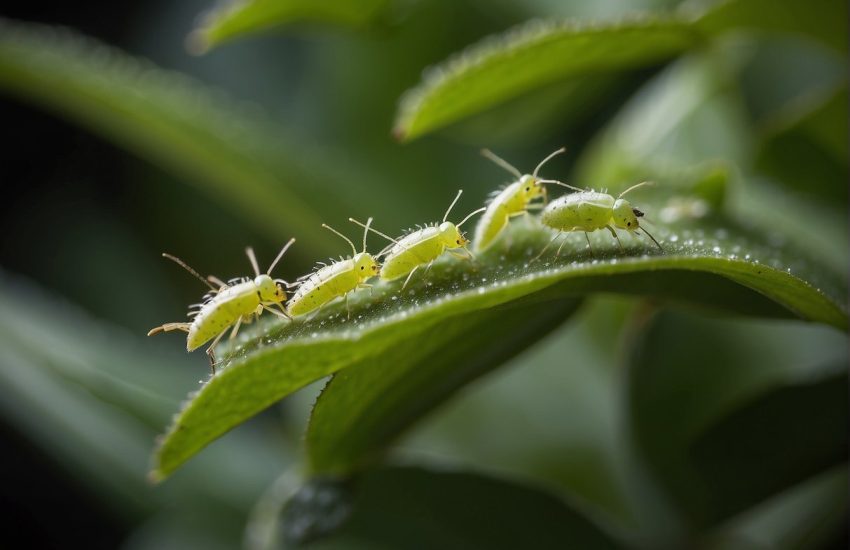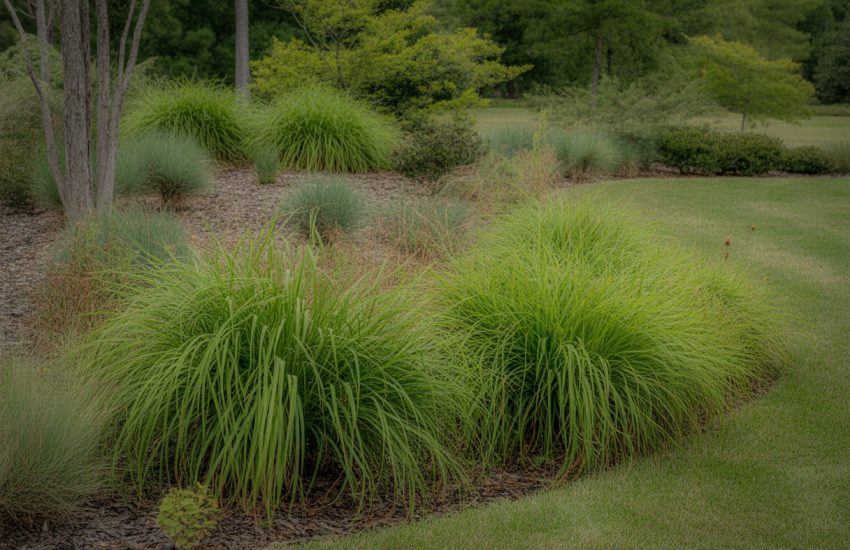Care of Kalanchoe Plant: Tips for Healthy Growth and Blooming
Kalanchoe is a popular houseplant that is known for its attractive foliage and colorful blooms. With proper care, this plant can thrive indoors and add a touch of beauty to any living space. However, like any other plant, kalanchoe requires specific care to ensure its longevity and health.

To care for a kalanchoe plant, it is important to understand its basic needs. This includes providing the right amount of sunlight, water, and nutrients. Additionally, it is essential to monitor the plant for any signs of pests or diseases and take appropriate action if necessary. With the right care, a kalanchoe plant can live for several years and continue to bloom season after season.
In this article, we will discuss the essential care tips for a kalanchoe plant, including its watering, light, and temperature requirements, as well as how to propagate and fertilize the plant. Whether you are a seasoned gardener or a beginner, this guide will provide you with the knowledge and confidence to care for your kalanchoe plant and enjoy its beauty for years to come.
Understanding Kalanchoe
Kalanchoe is a genus of succulent plants in the family Crassulaceae. It includes over 100 species, with Kalanchoe blossfeldiana being the most popular among them. The plant is commonly known as Flaming Katy and is native to Madagascar.
Species and Varieties
Kalanchoe plants come in a variety of shapes and sizes. Some species grow tall and tree-like, while others are small and compact. The leaves of the plant can be smooth, fuzzy, or covered in a powdery coating. The flowers of Kalanchoe are usually small and grow in clusters. They come in a range of colors, including red, pink, yellow, and white.
Some of the popular types of Kalanchoe include Kalanchoe blossfeldiana, Kalanchoe pinnata, and Kalanchoe tomentosa. Kalanchoe blossfeldiana is the most commonly grown species and is known for its vibrant flowers that bloom in winter and spring.
Native Habitat and History
Kalanchoe is native to Madagascar, an island off the southeastern coast of Africa. The plant has been cultivated for ornamental purposes for centuries and is now grown all over the world.
In its native habitat, Kalanchoe grows in rocky, arid areas. The plant has adapted to survive in harsh conditions by storing water in its leaves and stems. This makes it an ideal plant for those who live in dry climates or who don’t want to water their plants frequently.
Overall, Kalanchoe is a beautiful and easy-to-care-for plant that can add color and life to any space. With proper care and attention, it can thrive for years and bring joy to its owner.
Cultivation and Propagation
Soil and Potting Mix
Kalanchoe plants prefer well-draining soil that is rich in nutrients. A good potting mix for kalanchoe should contain a combination of perlite, peat, and sand. Perlite improves drainage, while peat retains moisture. Sand adds weight to the mix and helps keep the plant stable. It is important to avoid using heavy soils that retain too much moisture, as this can lead to root rot.
Propagation Techniques
Kalanchoe plants can be propagated through stem cuttings, leaf cuttings, or seeds. Stem cuttings are the most common method of propagation. To propagate through stem cuttings, select a healthy stem and cut it at a 45-degree angle. Dip the cut end in rooting hormone and plant it in a pot filled with a well-draining potting mix. Keep the soil moist and place the pot in a warm, bright location. Roots should start to form within a few weeks.
Leaf cuttings are another method of propagation. Take a healthy leaf and remove it from the stem. Allow the leaf to dry for a few days, then plant it in a pot filled with a well-draining potting mix. Keep the soil moist and place the pot in a warm, bright location. New plants should start to grow from the base of the leaf within a few weeks.
Seeds can also be used to propagate kalanchoe plants. Sow the seeds in a pot filled with a well-draining potting mix and keep the soil moist. Place the pot in a warm, bright location. Seedlings should start to emerge within a few weeks.
Transplanting and Repotting
Kalanchoe plants should be repotted every two to three years. When repotting, choose a pot that is one size larger than the current pot. Use a well-draining potting mix and make sure the plant is planted at the same depth as it was in the previous pot. Water the plant thoroughly after repotting and place it in a warm, bright location. Avoid fertilizing the plant for a few weeks after repotting to give it time to adjust to its new environment.
Plant Care Essentials

When it comes to caring for a Kalanchoe plant, there are a few essentials that one must keep in mind. These essentials include lighting requirements, watering schedule, temperature, and humidity.
Lighting Requirements
Kalanchoe plants require bright, indirect light for optimal growth. They can also tolerate full sun, but it is recommended to keep them away from direct sunlight as it can scorch their leaves. Indoor Kalanchoe plants should be placed near a window that receives bright, indirect light. If the plant is not getting enough light, it may start to stretch and become leggy.
Watering Schedule
Kalanchoe plants prefer to be kept on the drier side, so it is important to not overwater them. Water the plant thoroughly and then allow the soil to dry out partially before watering again. It is recommended to water the plant once a week during the growing season and reduce watering during the dormant season. Overwatering can lead to root rot, which can be fatal for the plant.
Temperature and Humidity
Kalanchoe plants prefer warm temperatures ranging from 60-85°F (15-29°C). They can tolerate slightly cooler temperatures but cannot survive freezing temperatures. Humidity is not a major concern for Kalanchoe plants, but they do appreciate higher humidity levels. If the air is too dry, it can cause the leaves to wilt and drop.
By following these plant care essentials, one can ensure the healthy growth and longevity of their Kalanchoe plant.
Fertilization and Pruning

Feeding Your Kalanchoe
Kalanchoe plants require regular fertilization to maintain their health and promote growth. It is recommended to use a balanced houseplant food with equal amounts of nitrogen, phosphorus, and potassium. Fertilize your kalanchoe once a month during the growing season, which is typically from spring to fall. During the winter months, reduce the frequency of fertilization to once every two months.
When fertilizing your kalanchoe, it is important to follow the instructions on the label carefully. Overfertilization can cause damage to the plant, so avoid using too much fertilizer. Additionally, avoid fertilizing newly transplanted kalanchoe plants for at least two months to allow their roots to establish.
Pruning and Maintenance
Pruning is an essential part of kalanchoe plant care. It helps to promote bushier growth and prevent leggy stems. Deadheading, or removing spent flowers, is also important to encourage the plant to produce more blooms.
To prune your kalanchoe, use a clean, sharp pair of scissors or pruning shears. Cut back any leggy stems or overgrown branches to promote bushier growth. Deadhead spent flowers by cutting them off at the base of the stem.
In addition to pruning, regular maintenance is necessary to keep your kalanchoe healthy. Check the plant regularly for signs of pests or diseases, and address any issues promptly. Water the plant when the soil feels dry to the touch, but avoid overwatering, as this can cause root rot. Finally, fertilize and prune your kalanchoe regularly to promote healthy growth and vibrant blooms.
Pests and Problems

Common Pests
Kalanchoe plants are generally resistant to pests, but they can still fall victim to a few common ones. Mealybugs, spider mites, and scale insects are the most likely to affect kalanchoe plants. These pests can cause damage to the leaves, flowers, and stems of the plant.
Mealybugs are small, white, fluffy insects that can be found on the leaves and stems of the plant. They suck the sap out of the plant, which can lead to stunted growth and yellowing leaves. Spider mites are tiny, red or brown insects that spin webs on the plant. They also suck sap from the plant, which can cause leaves to turn yellow and fall off. Scale insects are small, hard-shelled insects that attach themselves to the plant and suck the sap out of it.
To prevent these pests from affecting your kalanchoe plant, it is important to inspect it regularly for signs of infestation. You can remove mealybugs and scale insects by wiping them off with a cotton swab dipped in rubbing alcohol. Spider mites can be removed by spraying the plant with a mixture of water and dish soap.
Disease and Prevention
Kalanchoe plants are susceptible to a few diseases, including root rot and powdery mildew. Root rot is caused by overwatering the plant, which can lead to the roots becoming waterlogged and rotting. Powdery mildew is a fungal disease that can affect the leaves of the plant, causing them to become covered in a white, powdery substance.
To prevent these diseases from affecting your kalanchoe plant, it is important to ensure that it is not overwatered. The soil should be allowed to dry out between waterings. If you notice any signs of powdery mildew, you can treat it with a fungicide spray. It is also a good idea to remove any infected leaves from the plant to prevent the disease from spreading.
In conclusion, while kalanchoe plants are generally easy to care for, it is important to be aware of the common pests and diseases that can affect them. Regular inspection and proper care can help prevent these problems and keep your kalanchoe plant healthy and thriving.
Frequently Asked Questions

What are the best practices for indoor Kalanchoe care?
Kalanchoe plants prefer bright, indirect light and well-draining soil. They should be watered thoroughly but allowed to dry out slightly between waterings. Overwatering can lead to root rot. It is also important to fertilize the plant every few weeks during the active growing season.
How should I care for my Kalanchoe during the winter months?
Kalanchoe plants are sensitive to cold temperatures and should be kept in a warm environment. They also require less water during the winter months, so be sure to adjust your watering schedule accordingly.
Can Kalanchoe plants be grown outdoors, and if so, how?
Yes, Kalanchoe plants can be grown outdoors in warmer climates. They prefer well-draining soil and should be placed in a location with bright, indirect sunlight. Be sure to protect the plant from direct sunlight and extreme temperatures.
When is the flowering season for Kalanchoe, and how can I encourage blooming?
Kalanchoe plants typically bloom in the winter and spring. To encourage blooming, it is important to provide the plant with bright, indirect light and a consistent watering and fertilizing schedule. Pinching back the plant’s stems can also encourage branching and more blooms.
What is the typical lifespan of a Kalanchoe plant?
Kalanchoe plants can live for several years with proper care. However, they are often treated as annuals and replaced after blooming.
Is it necessary to deadhead Kalanchoe plants for optimal growth?
Deadheading, or removing spent blooms, can encourage the plant to produce more flowers. However, it is not necessary for the plant’s overall growth and health.


